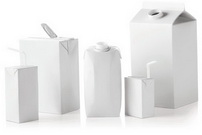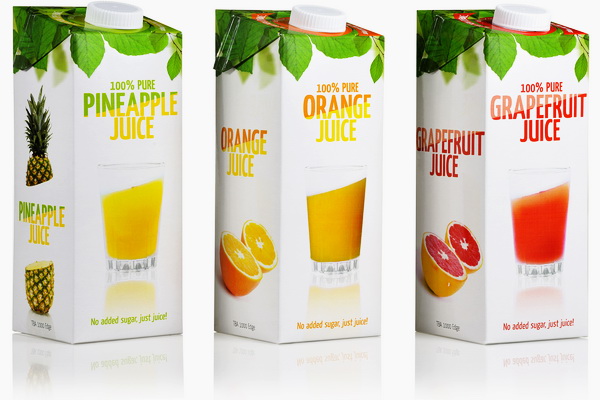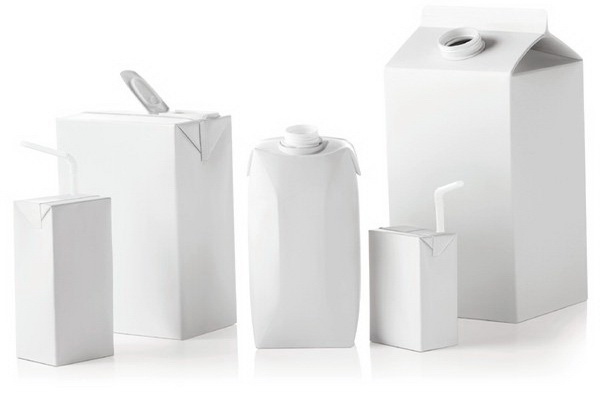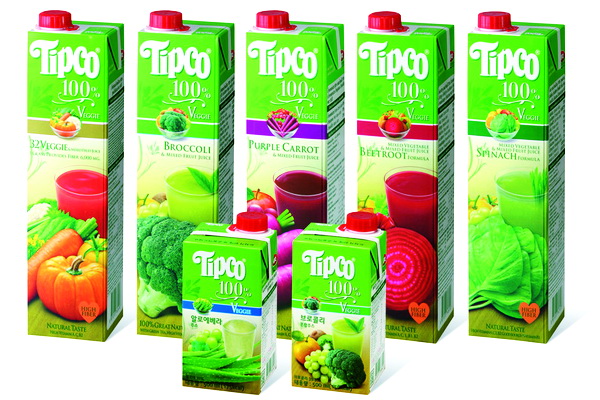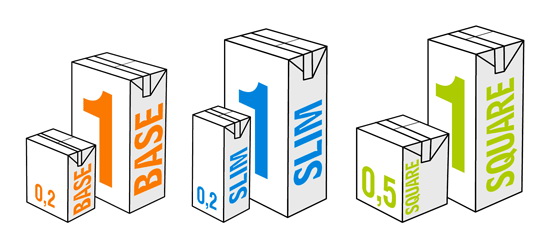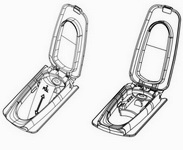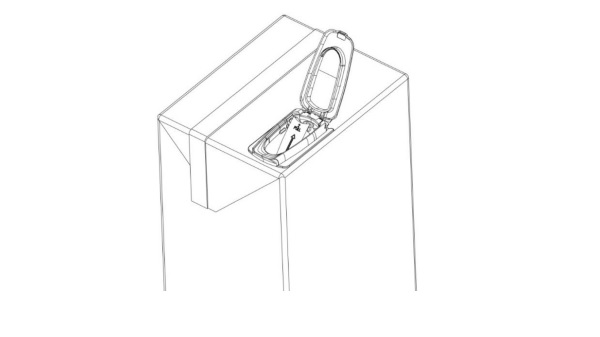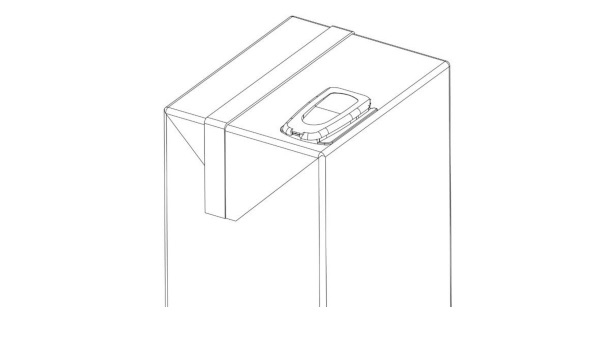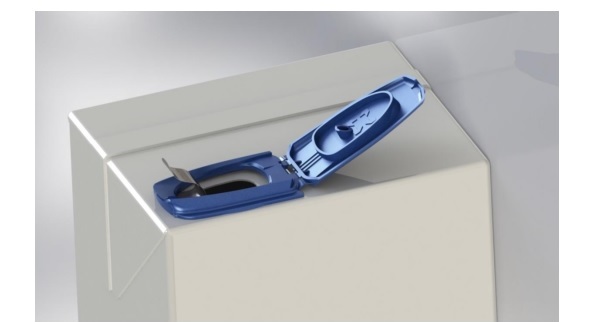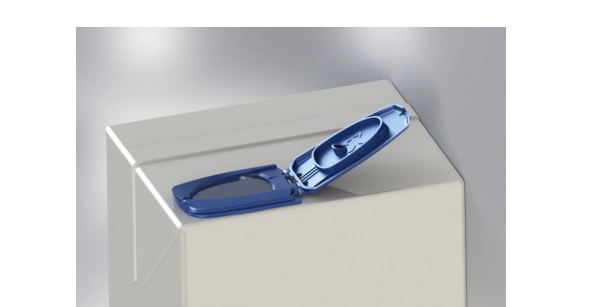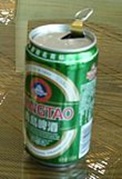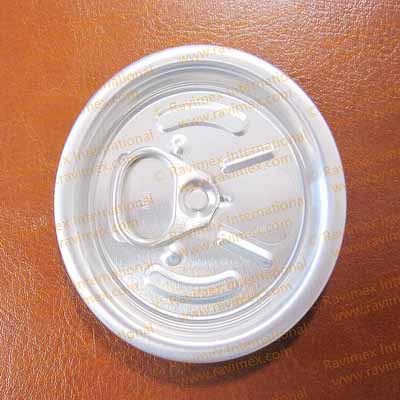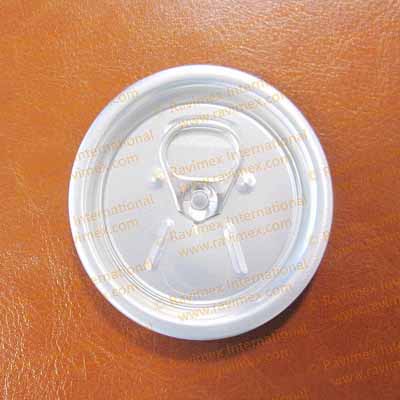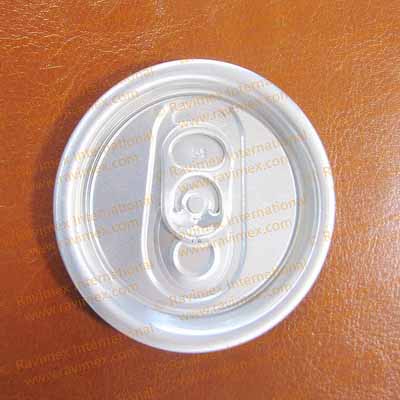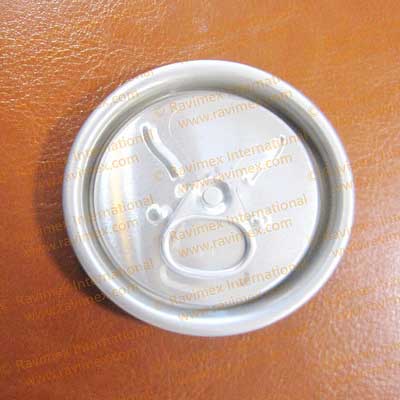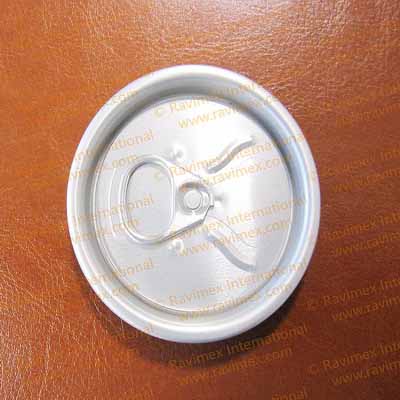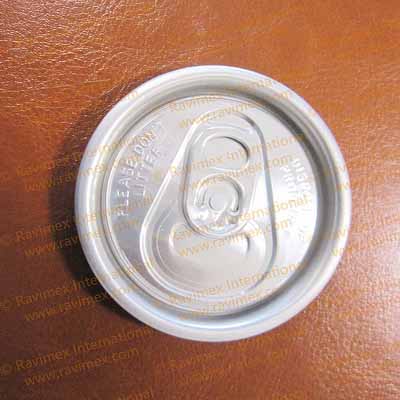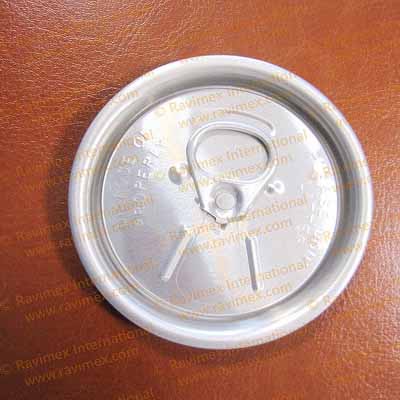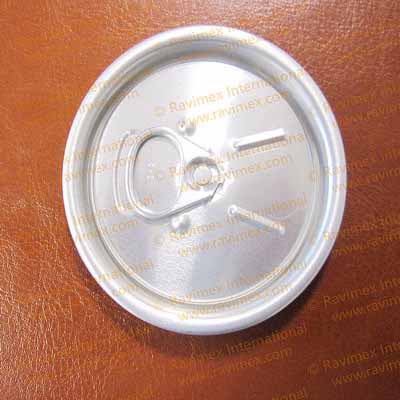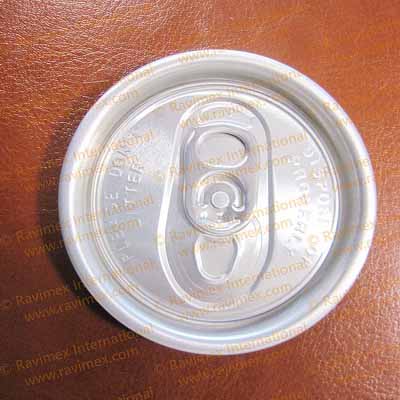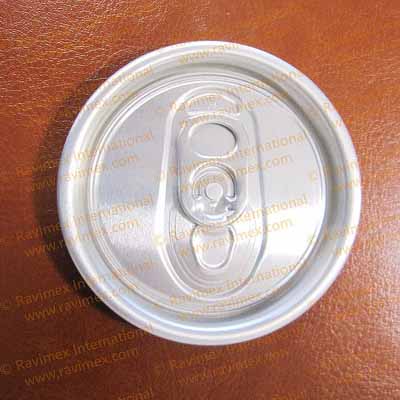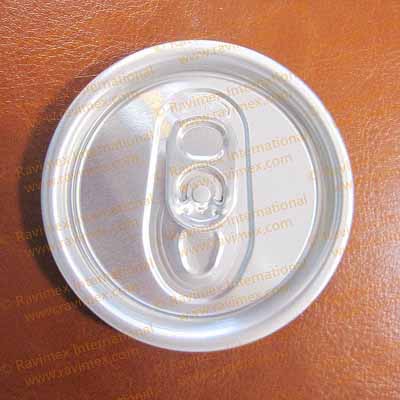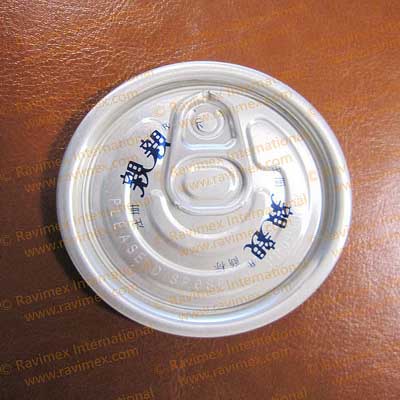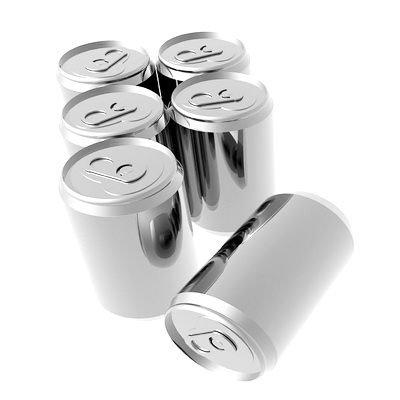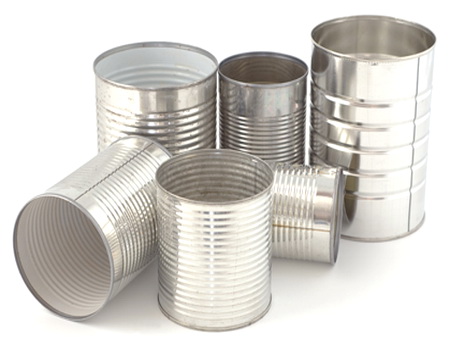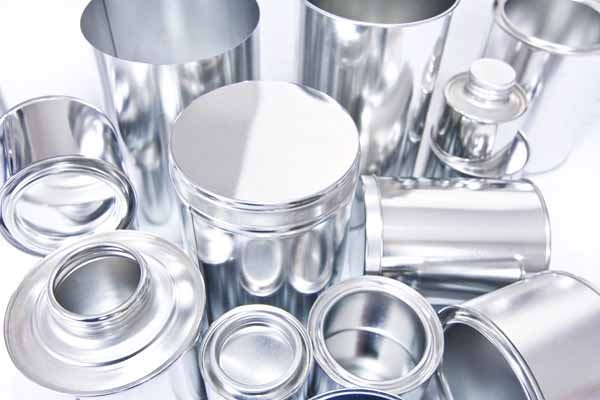Wide Mouth
One of the more recent modifications to can design was the introduction of the “wide mouth” can in the late 1990s. The American Can Company, now a part of Rexam, and Coors Brewing Company have owned wide mouth design patent (number D385,192) since 1997. Other companies have similar designs for the wide mouth. Ball Corporation’s from 2008 has a vent tube to allow direct airflow into the can reducing the amount of gulps during the pour.
Sustainable Beverage Ends
The SuperEnd from Crown Holdings launched in 2000 was designed to use 10% less metal in production than standard beverage ends.
Press button can
One variation was the press button can, which featured two pre-cut buttons—one small and one large—in the top of the can sealed with a plastic membrane. These buttons were held closed by the outward pressure of the carbonated beverage. The consumer would open the can by depressing both buttons, which would result in two holes. The small hole would act as a vent to relieve internal pressure so the larger button could then be pressed down to create the hole used for drinking the beverage. Consumers could also easily cut themselves on the edges of the holes or get their fingers stuck.
Press button cans were used by Pepsi in Canada from the 1970s to 1980s and Coors in the 1970s. They have since been replaced with pull tabs.
Full Aperture End
A recent innovation to the beverage can is the full aperture end, where the entire lid is removed turning the aluminum can into a cup. Crown Holdings first designed the “360 End” for use by SABMiller at the 2010 FIFA World Cup in South Africa. It has been used by Anheuser-Busch in Bev in China and Brazil and most recently by Sly Fox Brewing Company in the United States.

